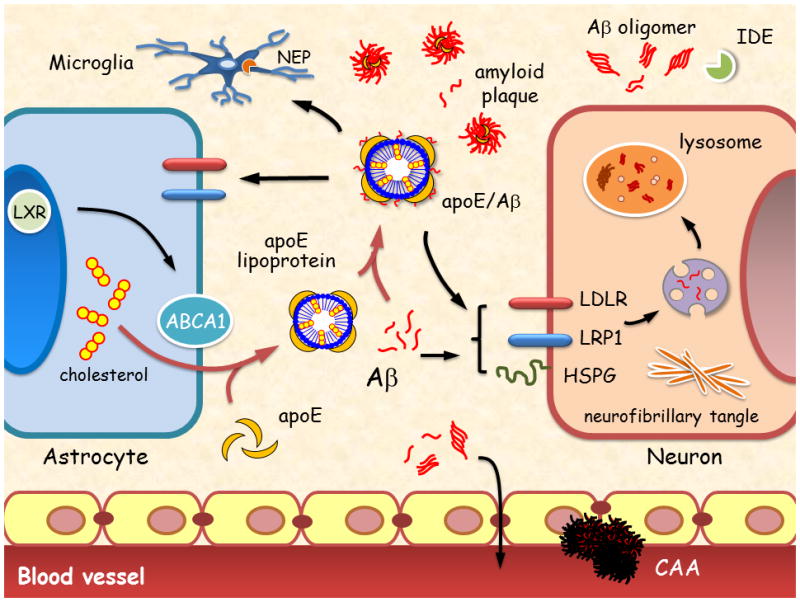Figure 2. Apolipoprotein E and amyloid-β metabolism in the brain.

The main Aβ clearance pathways include receptor-mediated uptake by neurons and glia, drainage into interstitial fluid or through the BBB, and proteolytic degradation by IDE and neprilysin. Impaired clearance of Aβ can cause Aβ accumulation in brain parenchyma, leading to formation of neurotoxic Aβ oligomers and amyloid plaques. Aβ accumulation in the perivascular region leads to CAA, which disrupts blood vessel function. ApoE is primarily synthesized by astrocytes and microglia, and is lipidated by the ABCA1 transporter to form lipoprotein particles. Lipidated ApoE binds to soluble Aβ and facilitates Aβ uptake through cell surface receptors, including LRP1, LDLR, and HSPG175, 177 in a manner that probably depends on ApoE isoform and its level of lipidation. ApoE facilitates binding and internalization of soluble Aβ by glial cells, disrupts Aβ clearance at the BBB in an isoform-dependent manner (ApoE4 > ApoE3 > ApoE2) and influences CAA pathogenesis. Abbreviations: Aβ, amyloid-β; ABCA1, ATP-binding cassette A1; BBB, blood–brain barrier; CAA, cerebral amyloid angiopathy; HSPG, heparan sulphate proteoglycan; IDE, insulin-degrading enzyme; LDLR, low-density lipoprotein receptor; LRP1, low-density lipoprotein receptor-related protein 1; LXR, liver X receptor.
